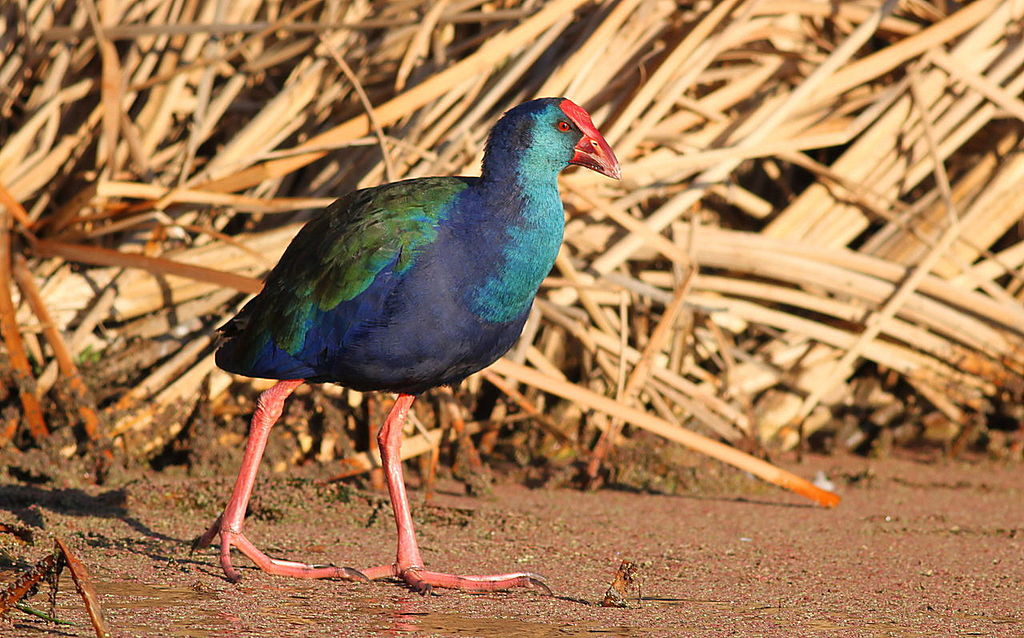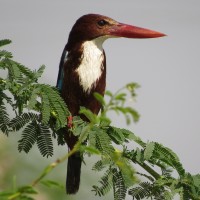Beschreibung
Yeruham Park and Lake are located in the hills of the northern Negev. Yeruham Lake is in the middle of the park, a manmade reservoir created in the Nahal Revivim streambed. Against the desert background, the lake and the greenery provide the unique scenery of a desert oasis. With its combination of water, reedbeds and pine groves Lake Yeruham attracts waterfowl and plenty of migrating birds. Therefore the area is most interesting during the migration season. Among the birds you can encounter are Arabienwüstenhuhn, Chukarhuhn, Zwergtaucher, Sandflughuhn, Häherkuckuck, Tüpfelsumpfhuhn, Smaragdhuhn, Triel, Stelzenläufer, Kampfläufer, Teichwasserläufer, Zwergdommel, Nachtreiher and Braunliest.
Details
Zugang
From Highway 40 (Beersheba – Sede Boker), turn east at Hanegev Junction to Highway 224 towards Yeruham. From Highway 25 (Dimona – Arava), turn west and then south at Dimona Junction to Highway 204. Click on a P in the map for directions or coordinates. Plenty of parking. Free entrance. The park itself is filled with walking and biking paths and picnic tables. You can explore the banks of the lake, the park and the desert edges on foot.
Terrain und Habitat
Wüste , SeeBedingungen
Flach , Trocken , FelsigRundweg
NeinIst ein Spektiv nützlich?
Möglicherweise hilfreichGute Beobachtungszeit
GanzjährigBeste Beobachtungszeit
Frühjahrszug , HerbstzugRoute
asphaltierte Straße , unbefestigte StraßeSchwierigkeitsgrad der Tour
EinfachErreichbarkeit
zu Fuß , FahrradBeobachtungshütten oder -türme
JaZusätzliche Informationen
Photo Yeruham Park and Lake by Mboesch, CC BY-SA 4.0, https://creativecommons.org/licenses/by-sa/4.0, via Wikimedia Commons






